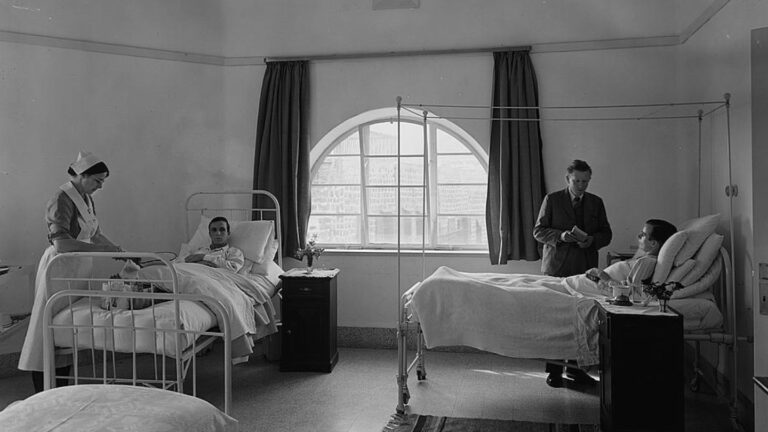Election season in Israel is traditionally a raucous affair.
But unlike the lead-up to Election Day, the voting process is staid, tedious and – despite the sporadic appearance of politicians and celebrities coming to cast their votes – pretty unglamorous.
No electronic polling stations. No online voting. Only paper chits, envelopes, a cardboard partition and a box in which to cast one’s ballot.
So, how does this low-tech voting process work?
The more than 10,000 polling stations are generally in public schools and community centers, where voters line up starting at 7:00 in the morning for most stations.
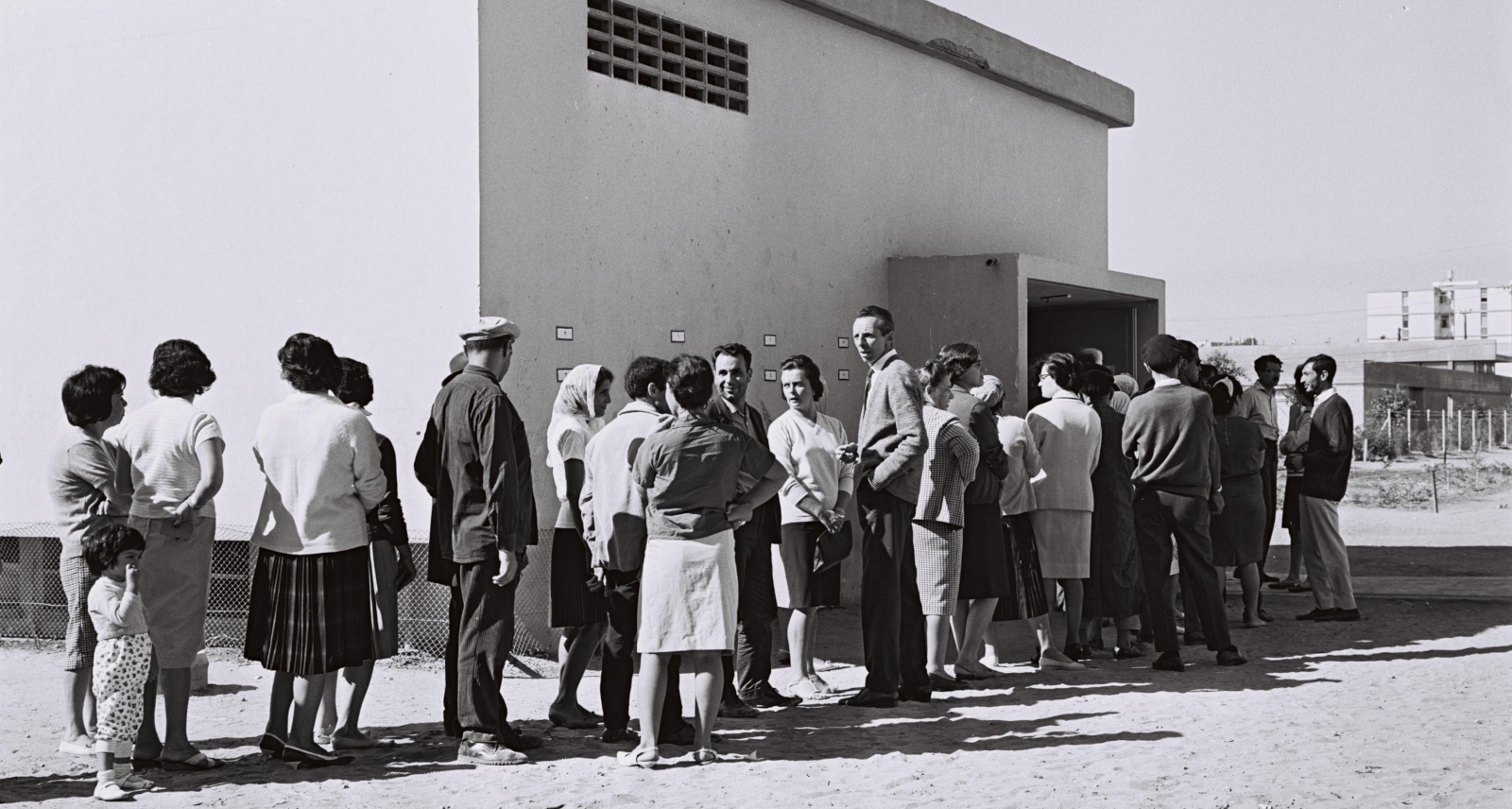
Voters identify themselves before the polling station committee using either an official ID card (teudat zehut), Israeli passport, Israeli driver’s license or – for those who hold them, a Knesset member ID.
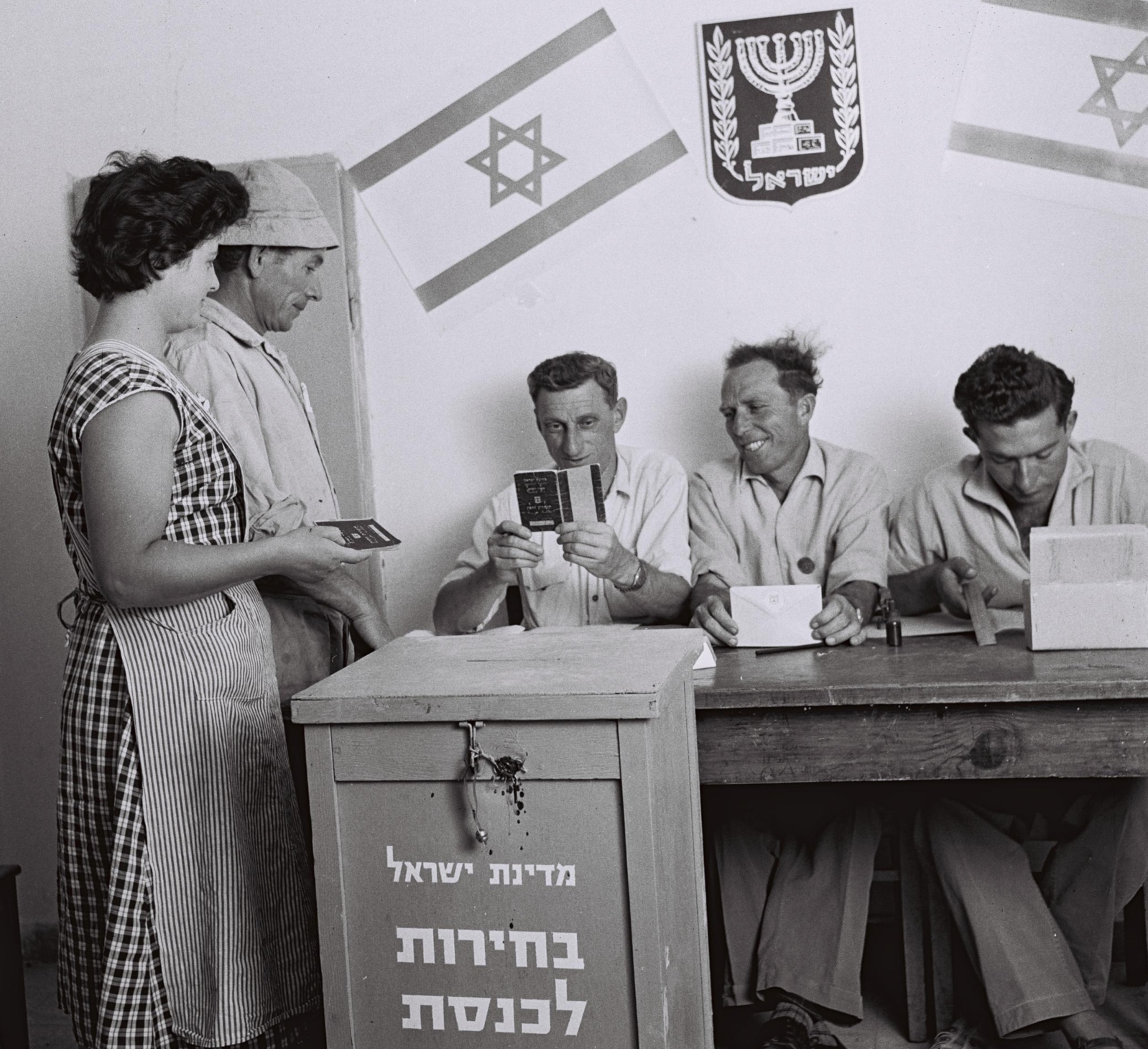
The Interior Ministry may approve identification without a photo ID in rare cases, such as Muslim women who wear a veil.
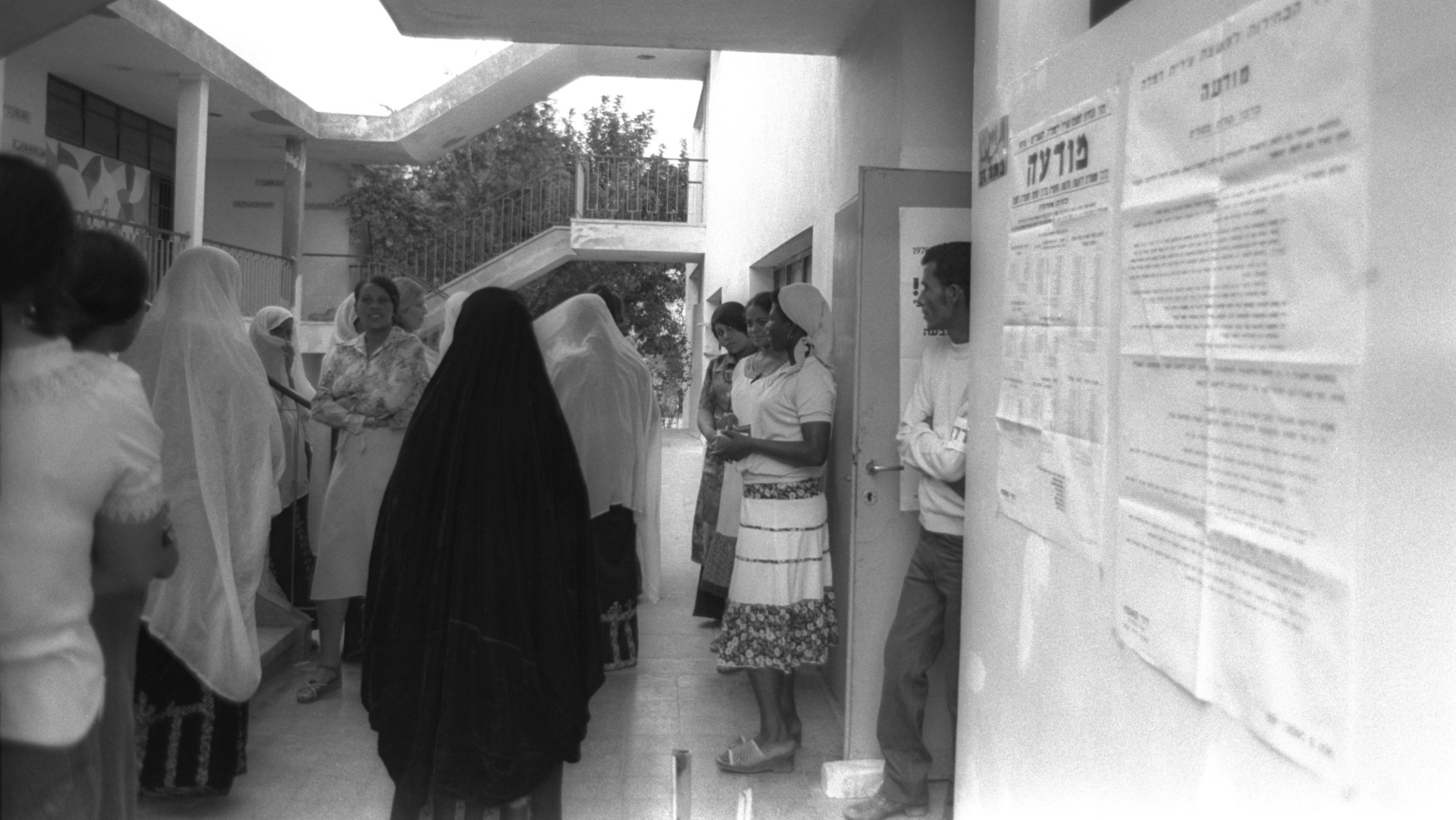
Every voter is given an envelope before entering the voting booth. Inside the booth is a tray holding slips of paper. Each slip has the name of a party and the symbol of the party comprising 1-4 letters.
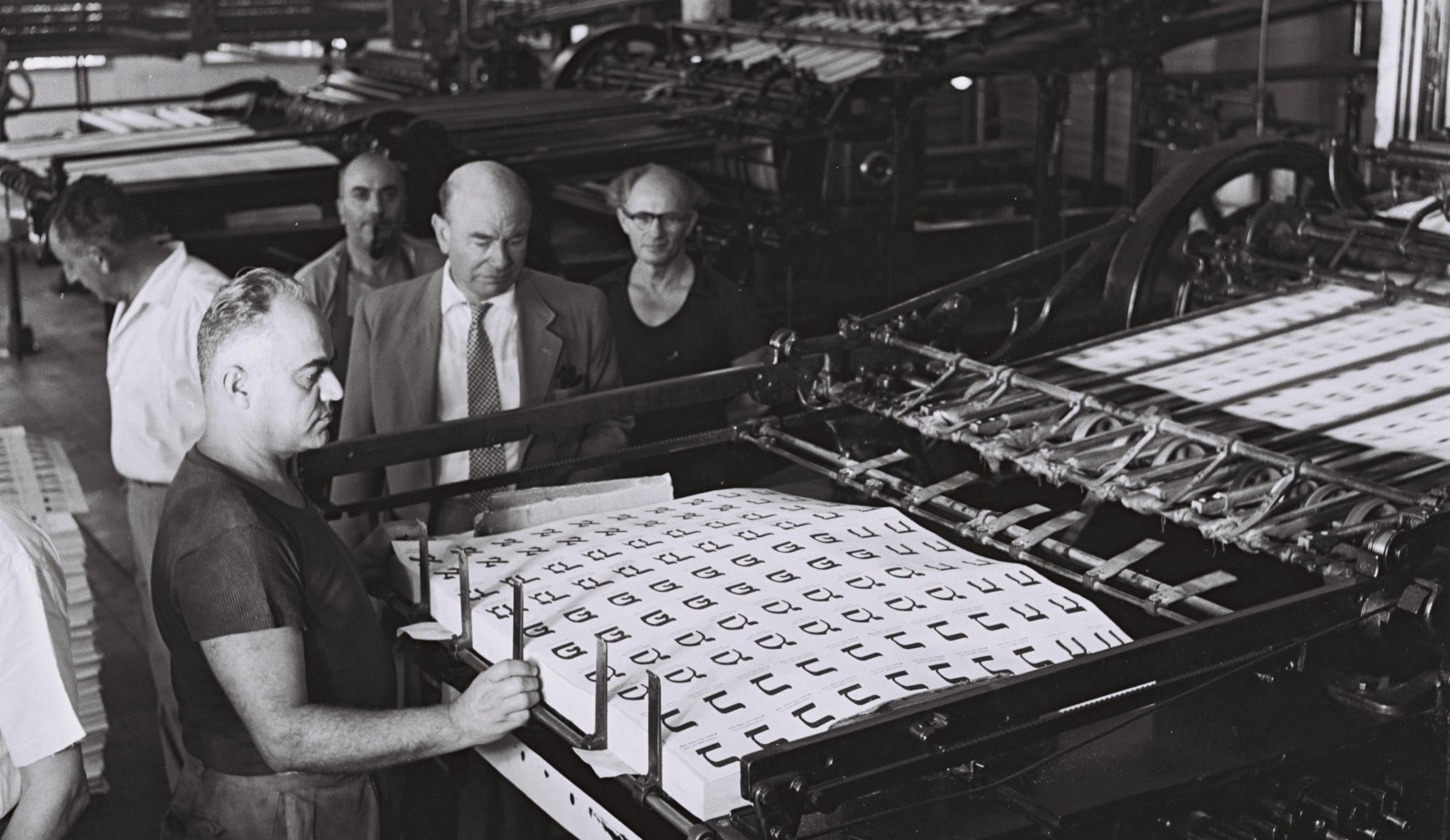
It should be noted that voters cast their ballot for the party of their choice and not for a particular candidate. There are no “candidates” for prime minister – only for party lists headed by their chosen leader. (There were, however, two rounds of direct elections of prime minister, in 1996 and 1999).
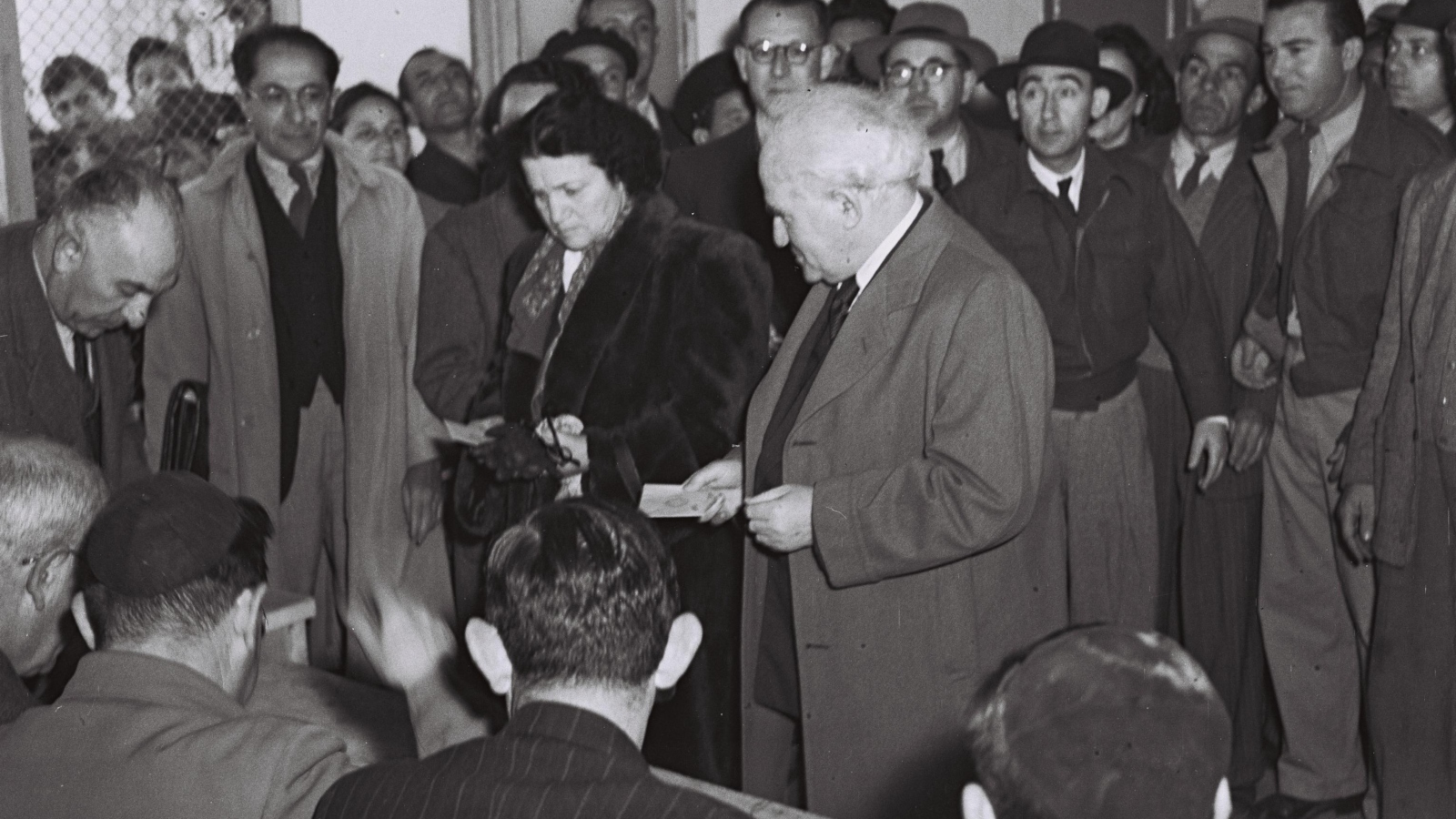
Polling stations for soldiers serving in the IDF open 72 hours before Election Day and soldiers may cast their votes from then up to the end of the election.
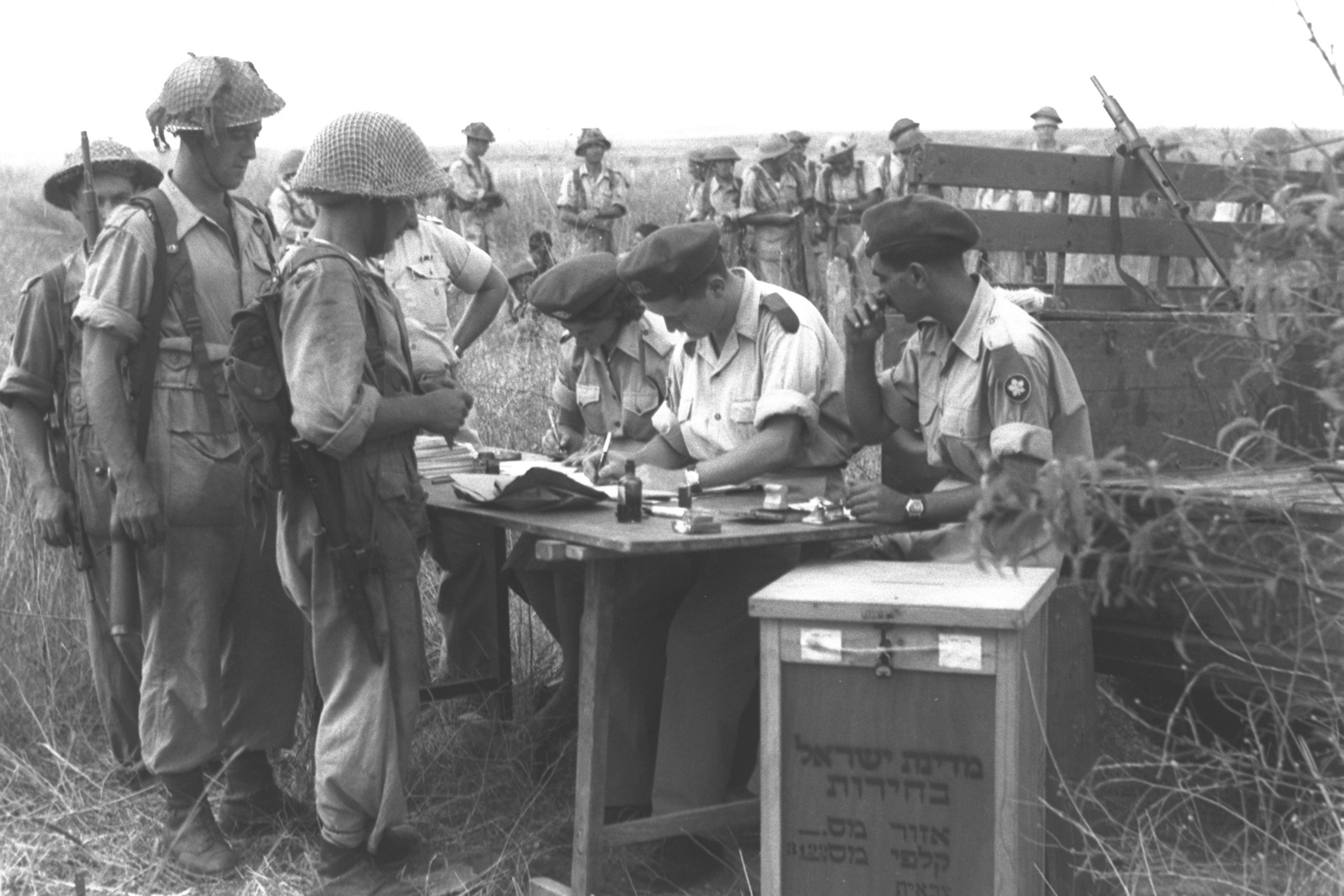
At polling stations in smaller communities, hospitals and prisons, voting takes place between 8am and 8pm.
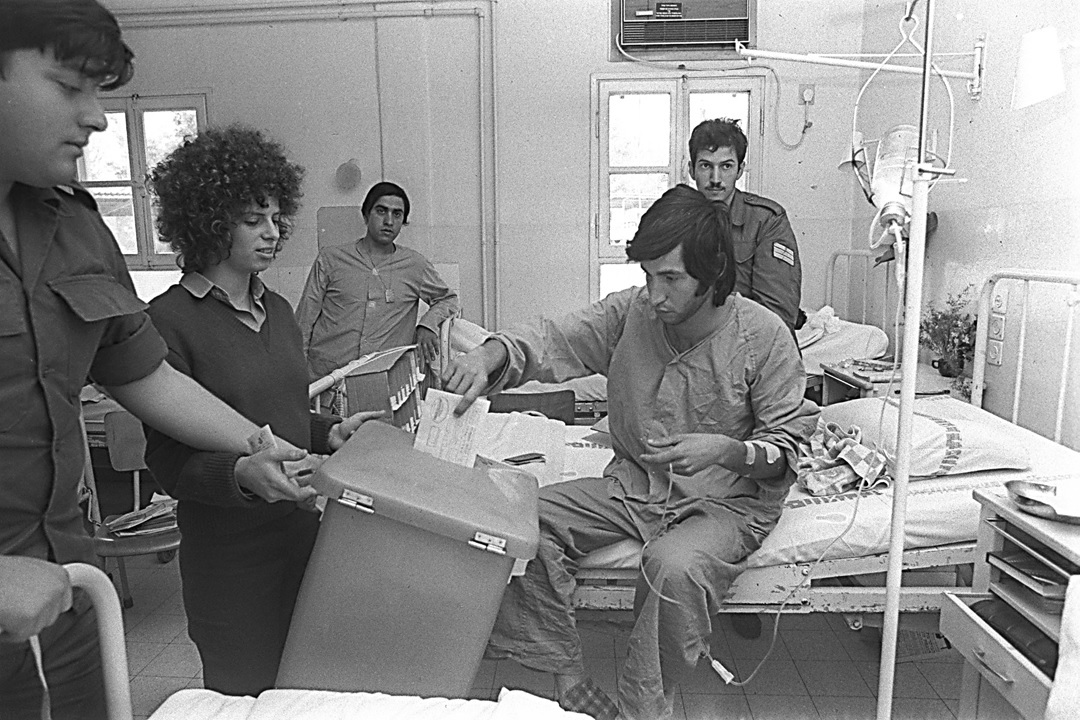
Many Israeli high schools hold mock elections prior to the real thing, most famously the Blich High School in Ramat Gan, which is reputed for its accuracy in judging election outcomes.
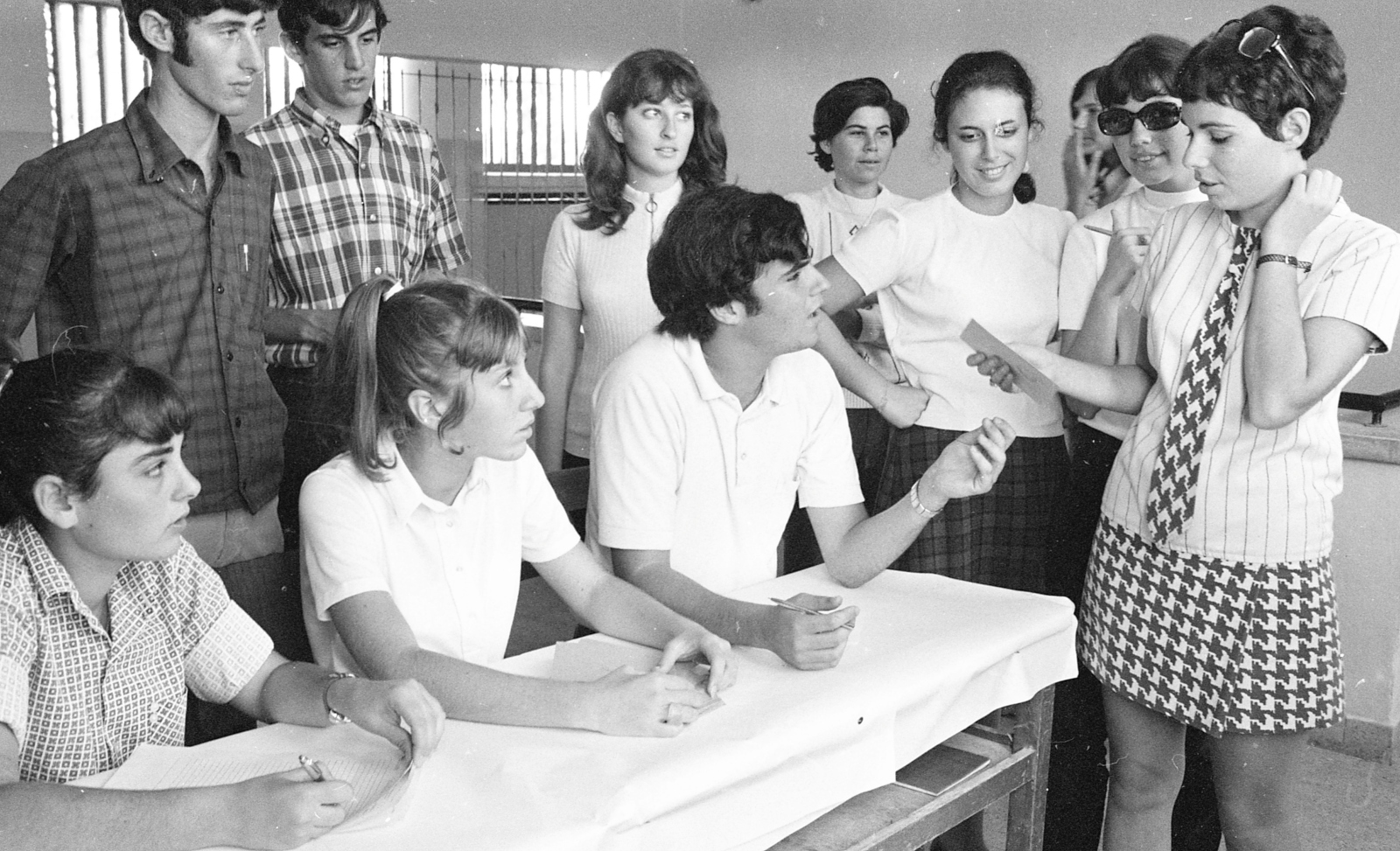
The sectional sky-blue tray filled with party symbol chits has become so synonymous with elections that it has become a symbol in itself. Even the Ramat Gan Safari got into the act this year.

Voters select the slip that represents their chosen party and seal the slip in the envelope. After exiting the voting booth, the voter places the envelope in the ballot box.
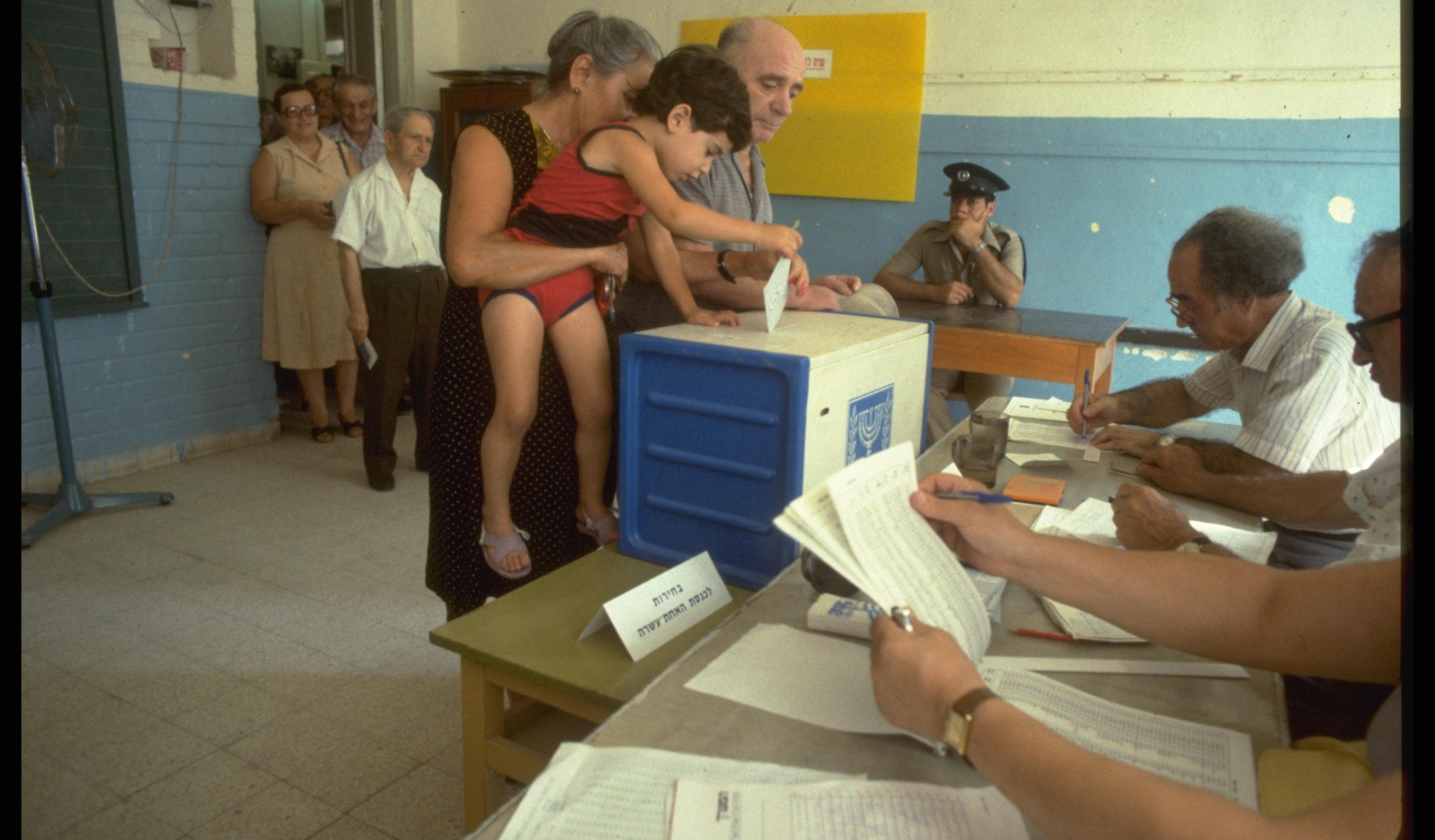
And then, the tallying begins…
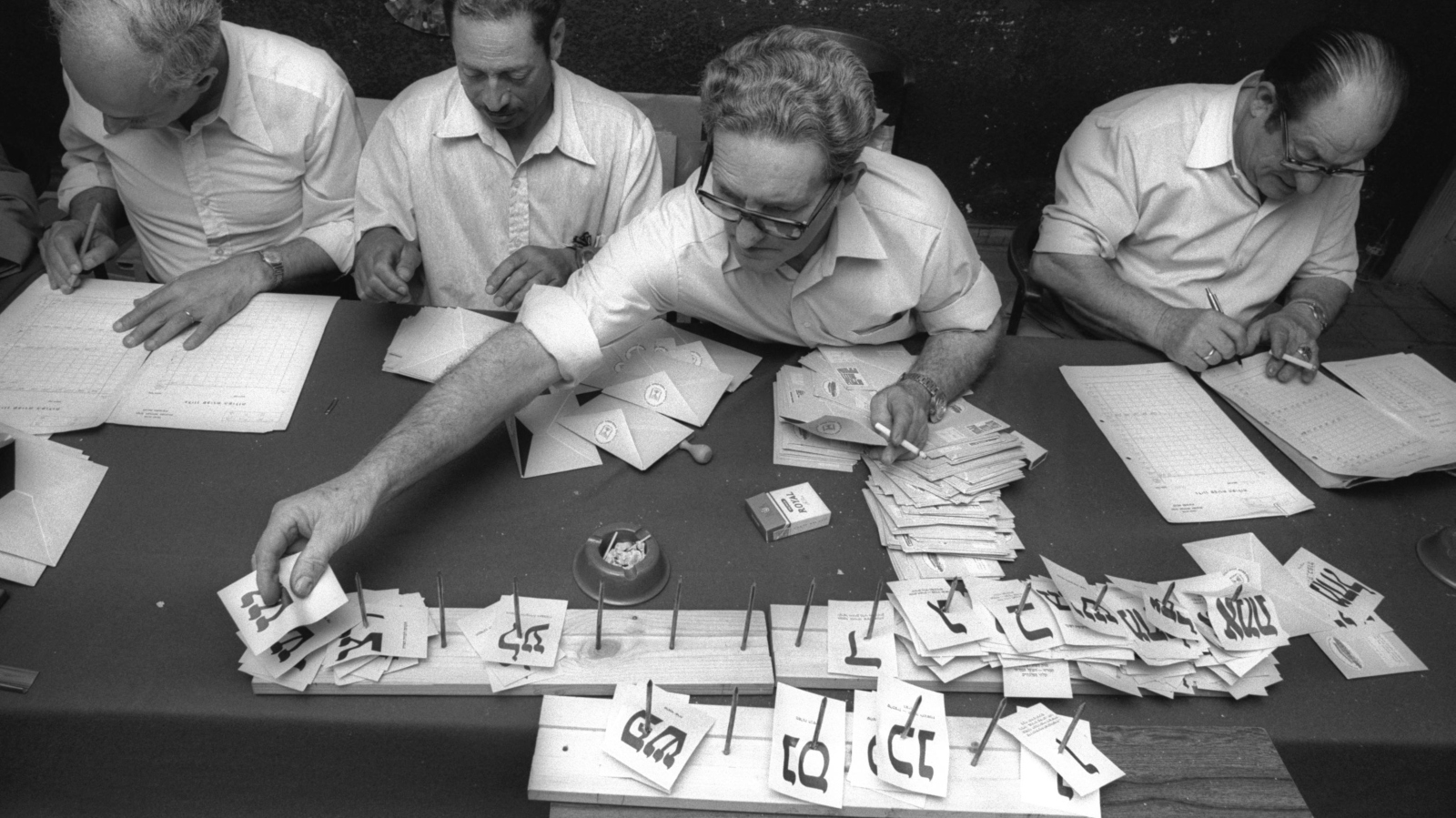
According to the Ministry of Interior, the advantage to this voting method is that it is user-friendly, even to voters who have limited knowledge of Hebrew and Arabic.
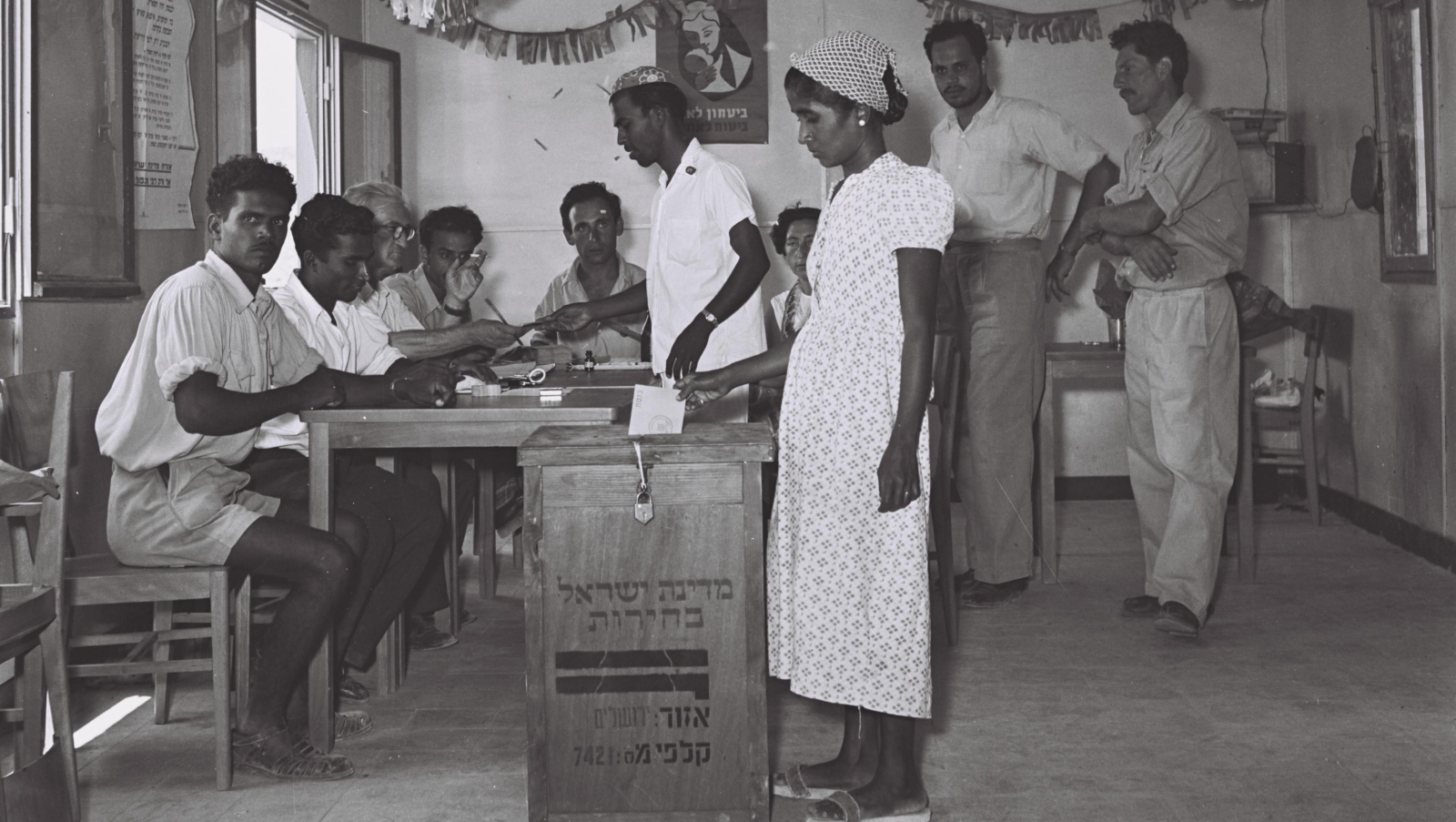
Because Election Day is a national holiday, voters will have the rest of the day to chew their nails – or go to the beach or sit in a café — until the polls close at 10pm and election results come in.




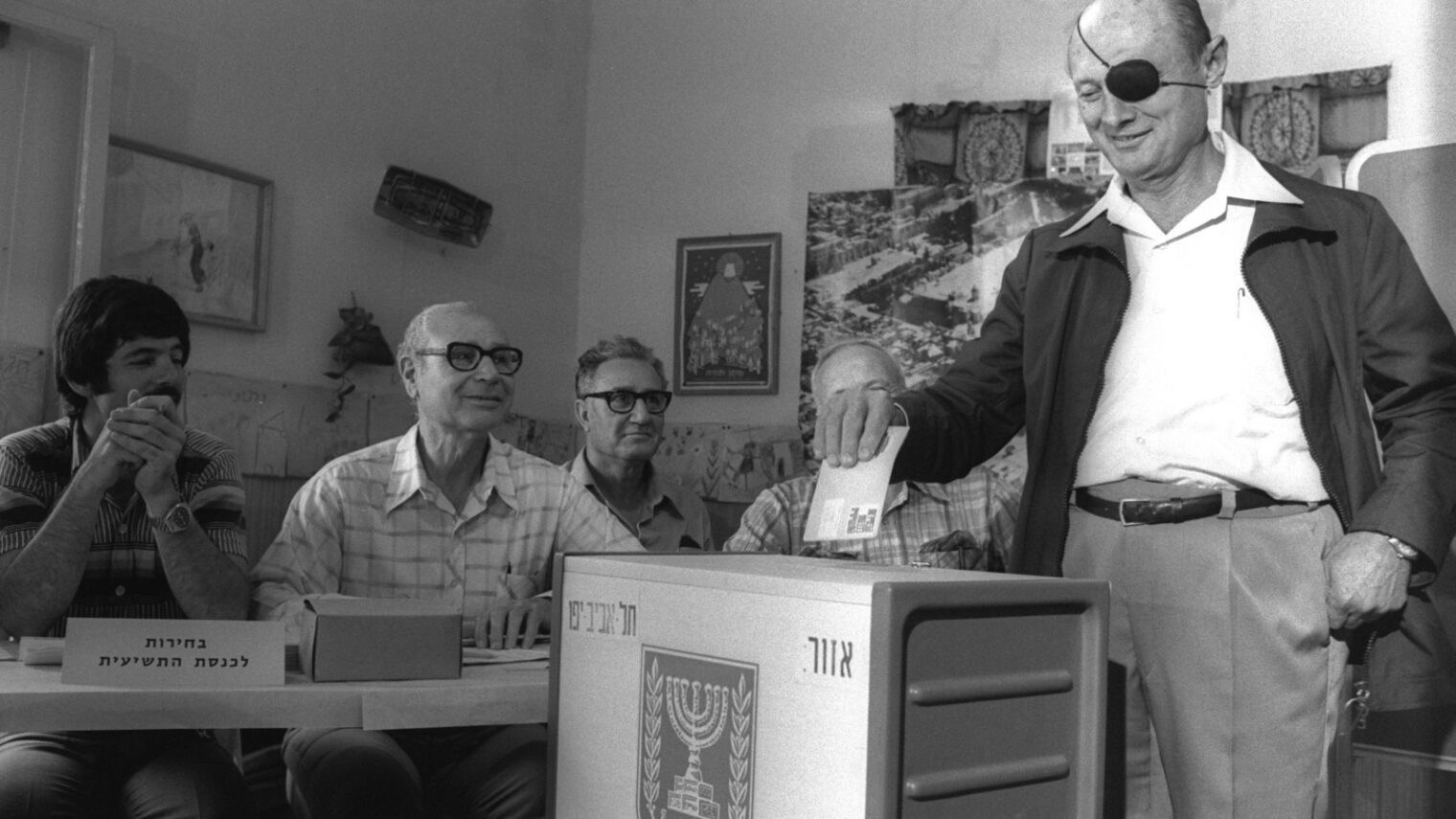




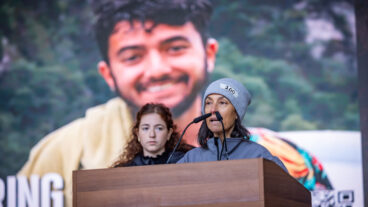


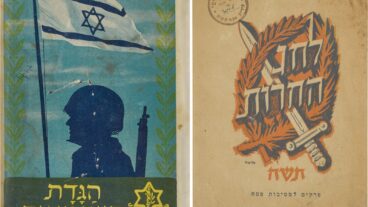



![Elections 1977 – Likud posters] In 1977, Menahem Begin led an election upset as Israel’s first non-Labor prime minister. Credit: GPO Elections 1977 – Likud posters] In 1977, Menahem Begin led an election upset as Israel’s first non-Labor prime minister. Credit: GPO](https://static.israel21c.org/www/uploads/2019/09/Elections_1977___Likud_posters_-_GPO-768x432.jpg)
